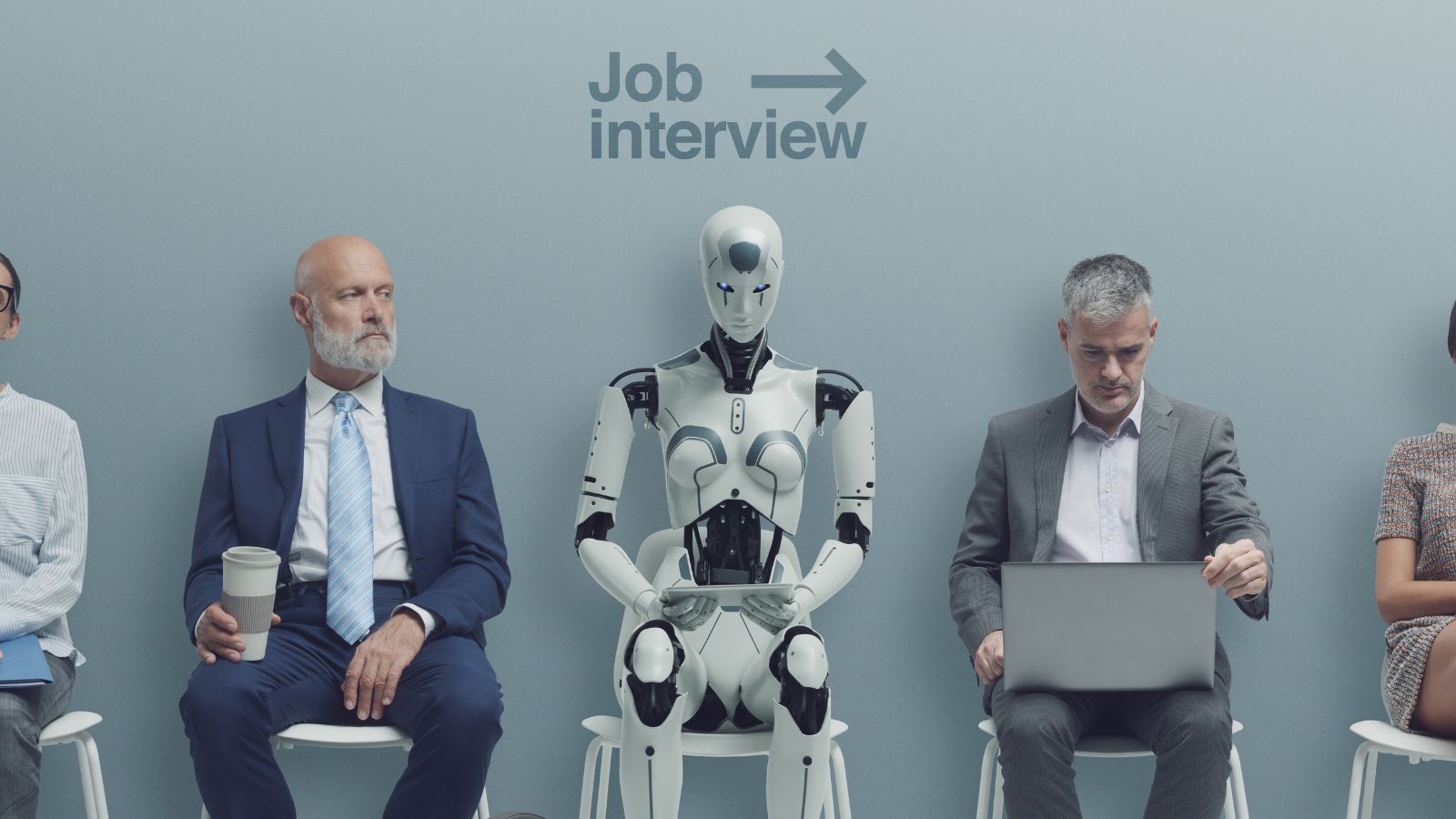The middle class has long been a cornerstone of economic stability and a sign of societal progress. But, the once reliable pocket of society is shrinking at a worrying rate over the past few decades. From economic disparities to shifting job markets and political influences we look at 18 worrying truths about why the middle class is disappearing:
Stagnating Wages Amid Rising Living Costs

Wages for the middle class have largely stagnated, failing to keep pace with the ever-increasing costs of living. While expenses like housing, healthcare and education have skyrocketed, middle-class incomes have barely budged, eroding the purchasing power that once sustained a comfortable lifestyle.
Rising Housing Costs

The cost of homeownership has escalated dramatically, especially in urban centers where most job opportunities are concentrated. Many middle-class families are being priced out of the housing market or forced into high-rent situations, depleting their disposable income and savings. Homeownership, a key factor in building middle-class wealth, is becoming increasingly unattainable.
Healthcare Costs Are Crushing Budgets

Healthcare costs have ballooned, taking up a larger share of household budgets. Even with health insurance, the cost of premiums, deductibles and out-of-pocket expenses can push middle-class families into debt. Medical emergencies or chronic conditions can quickly decimate any financial security, making healthcare one of the most significant burdens on the middle class.
College Education Is Becoming Unaffordable

Higher education, once a reliable pathway to upward mobility, is becoming too expensive for many middle-class families. With tuition costs continuing to rise and student loan debt surpassing $1.7 trillion in the U.S., the pursuit of a college degree often leads to decades of financial strain rather than economic advancement.
Job Automation Is Displacing Middle-Class Workers

Automation and artificial intelligence (AI) are rapidly transforming industries, replacing many middle-class jobs in sectors such as manufacturing, retail and administrative services. As automation takes over, workers are left with fewer stable, well-paying jobs, making it difficult for many to maintain their middle-class status.
The Gig Economy Offers Little Stability

The rise of the gig economy has provided flexibility for some workers but has also undermined job security for many. Gig work typically lacks benefits such as health insurance, retirement plans and paid time off, leaving workers in precarious financial situations. Middle-class workers who turn to gig jobs often find it difficult to build long-term stability.
Income Inequality Is Widening

Income inequality is at its highest level in decades, with wealth increasingly concentrated in the hands of the top 1%. The rich are getting richer, while middle-class incomes stagnate, creating a widening gap that is eroding the economic security of average families.
Outsourcing and Globalization

Many middle-class jobs have been outsourced to countries where labor is cheaper, particularly in manufacturing, customer service and IT sectors. Globalization has shifted production and services overseas, leading to job losses and wage declines for domestic workers who once benefited from stable middle-class jobs.
Debt Is Consuming More Income

Middle-class families are increasingly reliant on debt to maintain their lifestyles, using credit cards, personal loans and home equity loans to cover basic expenses. This growing debt load is unsustainable and many families find themselves trapped in a cycle of borrowing just to stay afloat, with little ability to save for the future.
Fading Retirement Security

The traditional pension plan has become a rarity, replaced by defined-contribution plans like 401(k)s that place the burden of saving for retirement on the individual. Many middle-class workers struggle to save enough for retirement and with Social Security under threat, future retirees may find themselves without sufficient income to support themselves in old age.
The Wealth Gap Between Generations Is Growing

Younger generations, particularly Millennials and Gen Z, are struggling to achieve the same level of financial security that previous generations enjoyed. High student debt, unaffordable housing and low wages make it increasingly difficult for young people to join the middle class, leading to growing generational wealth gaps.
Inflation Erodes Purchasing Power

Inflation is eroding the value of middle-class incomes, making it harder for families to afford everyday necessities like food, gas and utilities. As inflation rises, the cost of goods increases, while wages remain largely stagnant, putting more financial strain on the middle class.
Lack of Access to Affordable Childcare

The rising cost of childcare has become a significant burden for middle-class families. With daycare and preschool fees often rivaling college tuition costs, many parents are forced to make tough decisions about whether to stay in the workforce or take on extra debt just to afford quality care for their children.
Corporate Profits Prioritized Over Worker Pay

Many corporations have prioritized profits and shareholder returns over wage growth for workers. While executives and investors see rising returns, middle-class employees often see little to no wage increases. This corporate focus on profits over people has contributed to the shrinking of the middle class.
Limited Upward Mobility

The “American Dream” of upward mobility is becoming harder to achieve for the middle class. With fewer opportunities for advancement, stagnant wages and rising living costs, the middle class is finding it increasingly difficult to move up the economic ladder. This lack of mobility is causing a decline in middle-class optimism.
Political Influence of the Wealthy

The political influence of the wealthy has grown, often at the expense of middle-class interests. Policies that favor tax cuts for the rich, deregulation of industries and corporate subsidies have widened the wealth gap, while policies that could benefit the middle class, such as wage increases and affordable healthcare, are frequently sidelined.
The Erosion of Union Power

Unions once played a significant role in securing fair wages, benefits and job security for middle-class workers. However, the decline of unions in many industries has led to weakened bargaining power for employees, contributing to wage stagnation and fewer protections for workers in the middle class.
The High Cost of Digitalization

The shift to a digital economy is creating new challenges for middle-class workers. As industries move online and embrace digital technologies, many jobs are disappearing and workers who lack the necessary technical skills are finding it difficult to keep up. This digital divide is widening the gap between those who can thrive in the new economy and those left behind.
18 Reasons Why People Are Leaving Florida in Masses

Exploring factors that impact the desirability of living in Florida, this list delves into various challenges shaping residents’ experiences. From environmental concerns like rising sea levels to economic factors such as fluctuating job markets, these issues collectively contribute to a nuanced understanding of the state’s appeal.
18 Reasons Why People Are Leaving Florida in Masses
